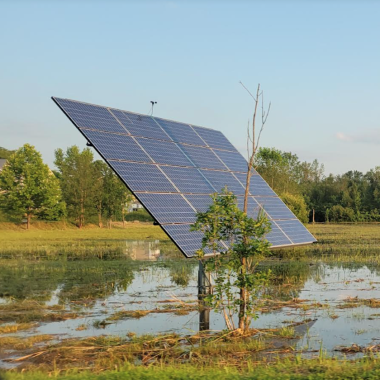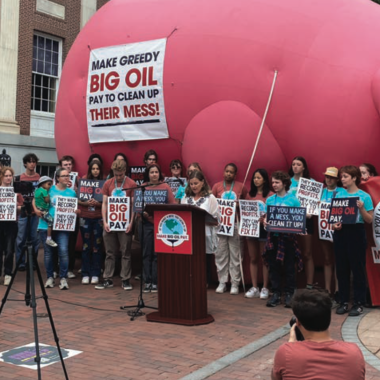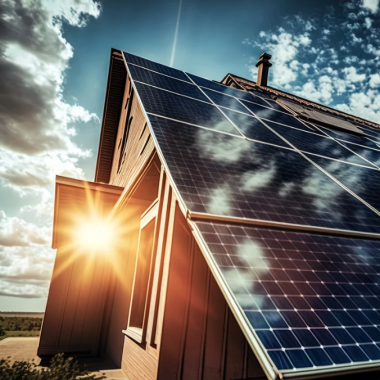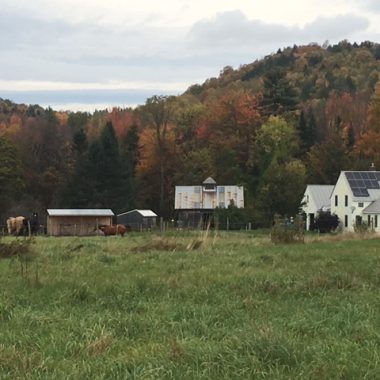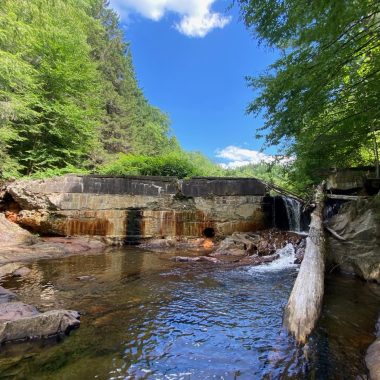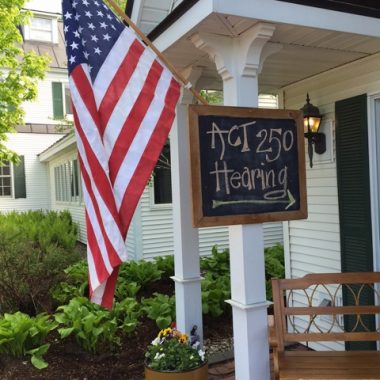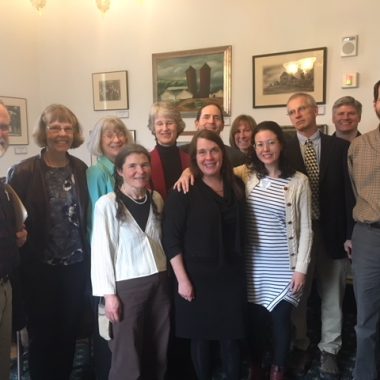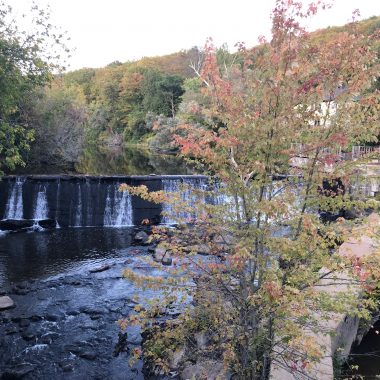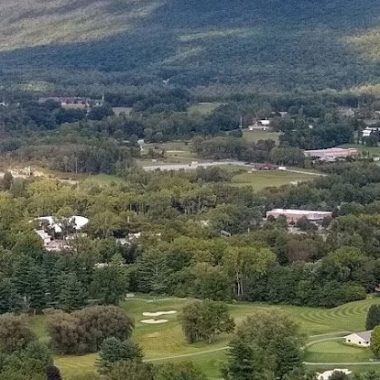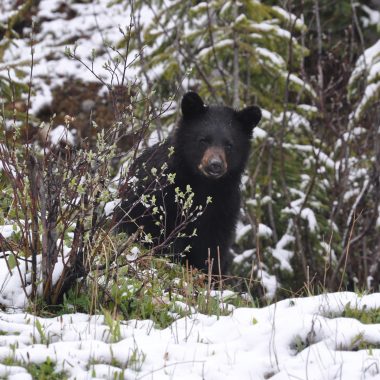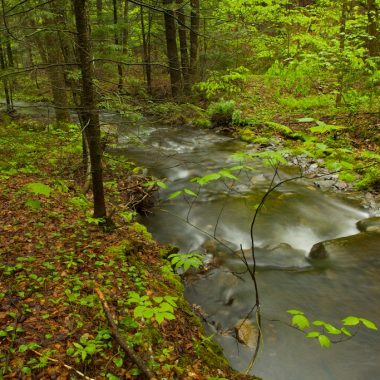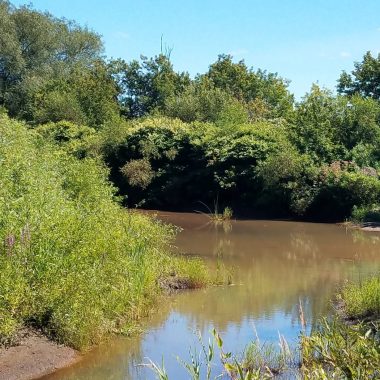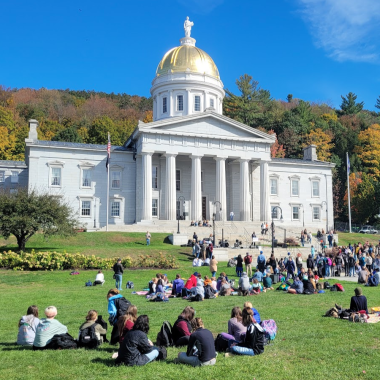
In 2022, Vermont enacted the state’s first comprehensive Environmental Justice (EJ) law.
The EJ law was a high priority for the environmental community, and is a critical step forward in bringing Vermont in line with the majority of other states working to design meaningful solutions for justice through deep public engagement and partnership with those most impacted by undue environmental harm. The law created the first statutory definition of environmental justice in Vermont, outlines a framework for the state to better address structural inequities, and creates a path for Vermont to work towards a future where a clean environment is prioritized and accessible for all.
Many Black, Indigenous, Vermonters of color and environmental justice experts worked to inform and co-craft this important policy, which was broadly supported by Vermont’s environmental community.
“This is a unique opportunity to design meaningful solutions through engagement and partnership with our most impacted communities, centering it in values that minimize harms, enhance human and non-human interactions, and enable human and environmental flourishing,” said Dr. Bindu Panikkar, Assistant Professor at the University of Vermont, member of the Rural Environmental Justice Opportunities Informed by Community Expertise (REJOICE) Project, and VNRC board member. “As we face the climate crisis head on, it is critical that we put justice at the forefront of our minds.”
In addition to addressing the inequitable distribution of environmental harms, the law also seeks to ensure that all Vermonters share in environmental benefits, and have a voice in the decisions that impact them.
In addition to codifying the definition of Environmental Justice, the law:
- Creates an Environmental Justice Advisory Council, comprised of key community stakeholders with real power to influence decision-making and best practices for environmental justice, through meaningful public engagement processes and analysis of cumulative environmental burdens;
- Builds a statewide Environmental Justice Mapping Tool as a visual assessment for navigating environmental justice issues across Vermont;
- Requires state agencies to adopt formal community engagement plans to ensure every Vermont resident has the opportunity to participate in decision making that impacts their health and wellbeing; and
- Sets a target for investment in environmental justice populations, encouraging the state to proactively deliver environmental benefits to communities most-impacted by historic injustices.
The enactment of this law was an important first step. We now look forward to the work of ensuring a thorough and successful implementation of the priorities laid out in the Environmental Justice law.





